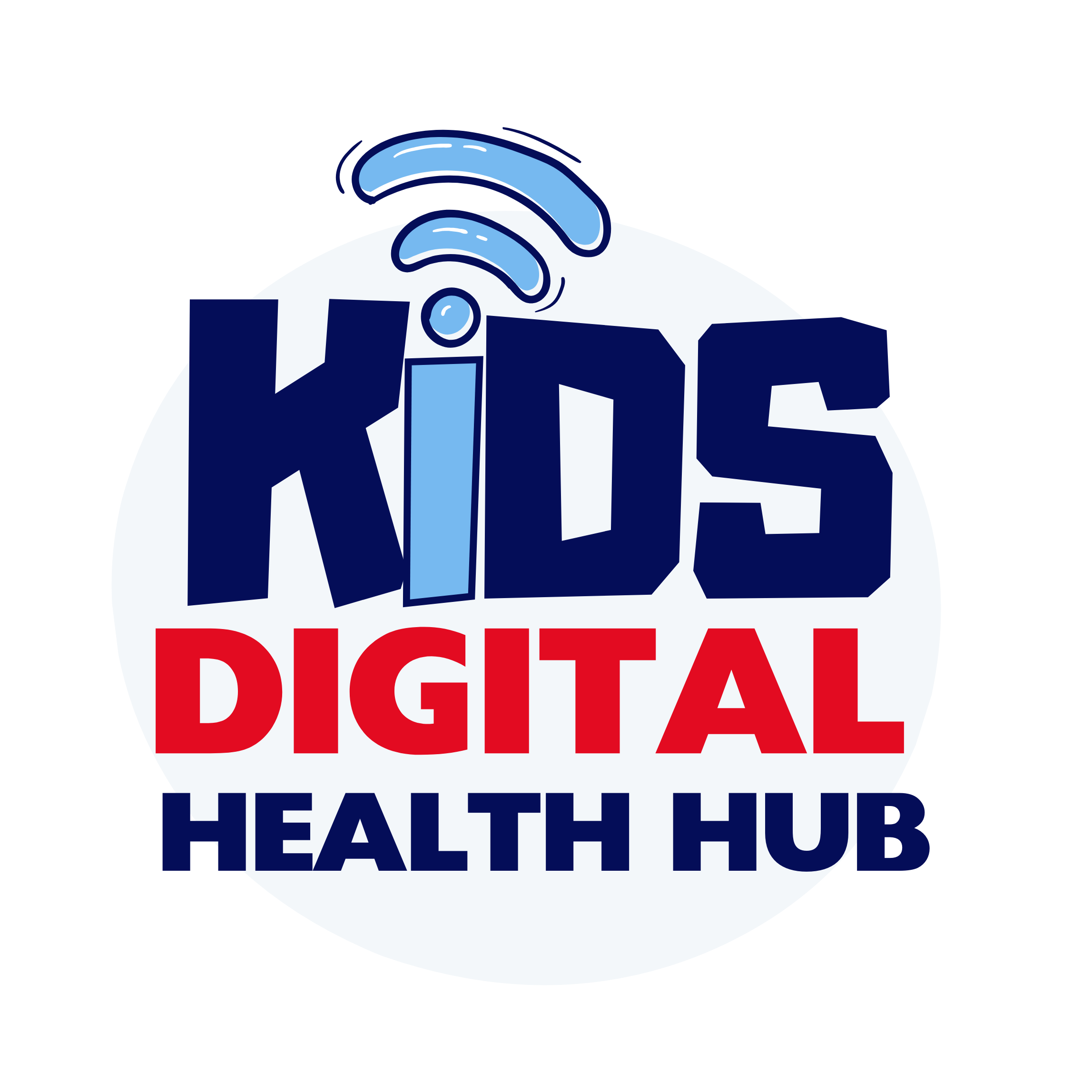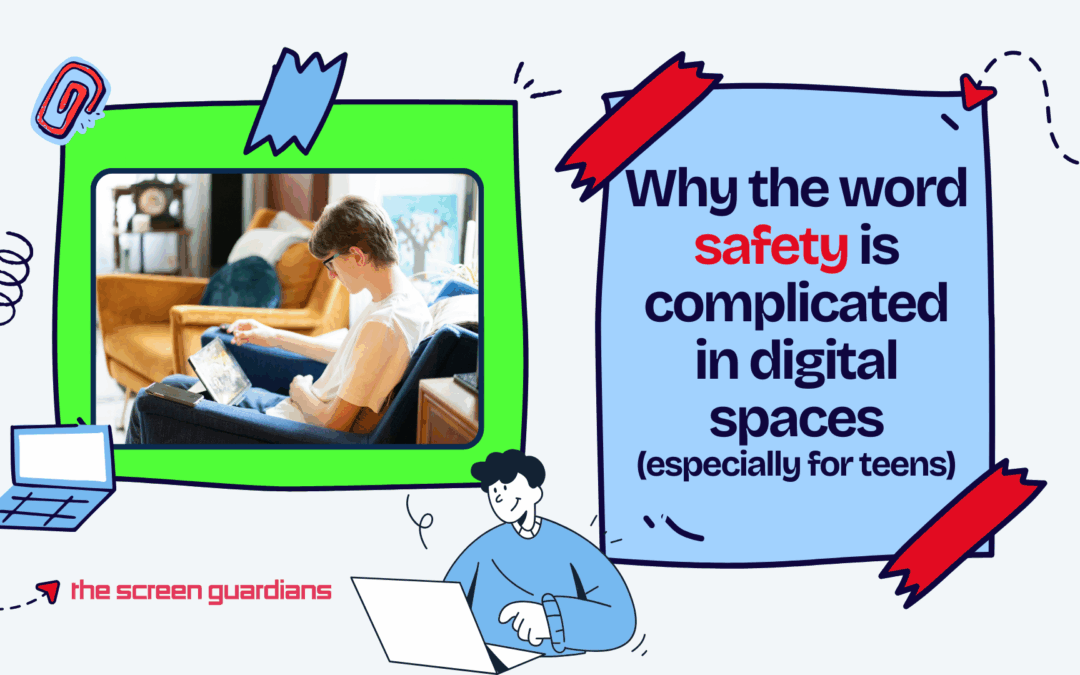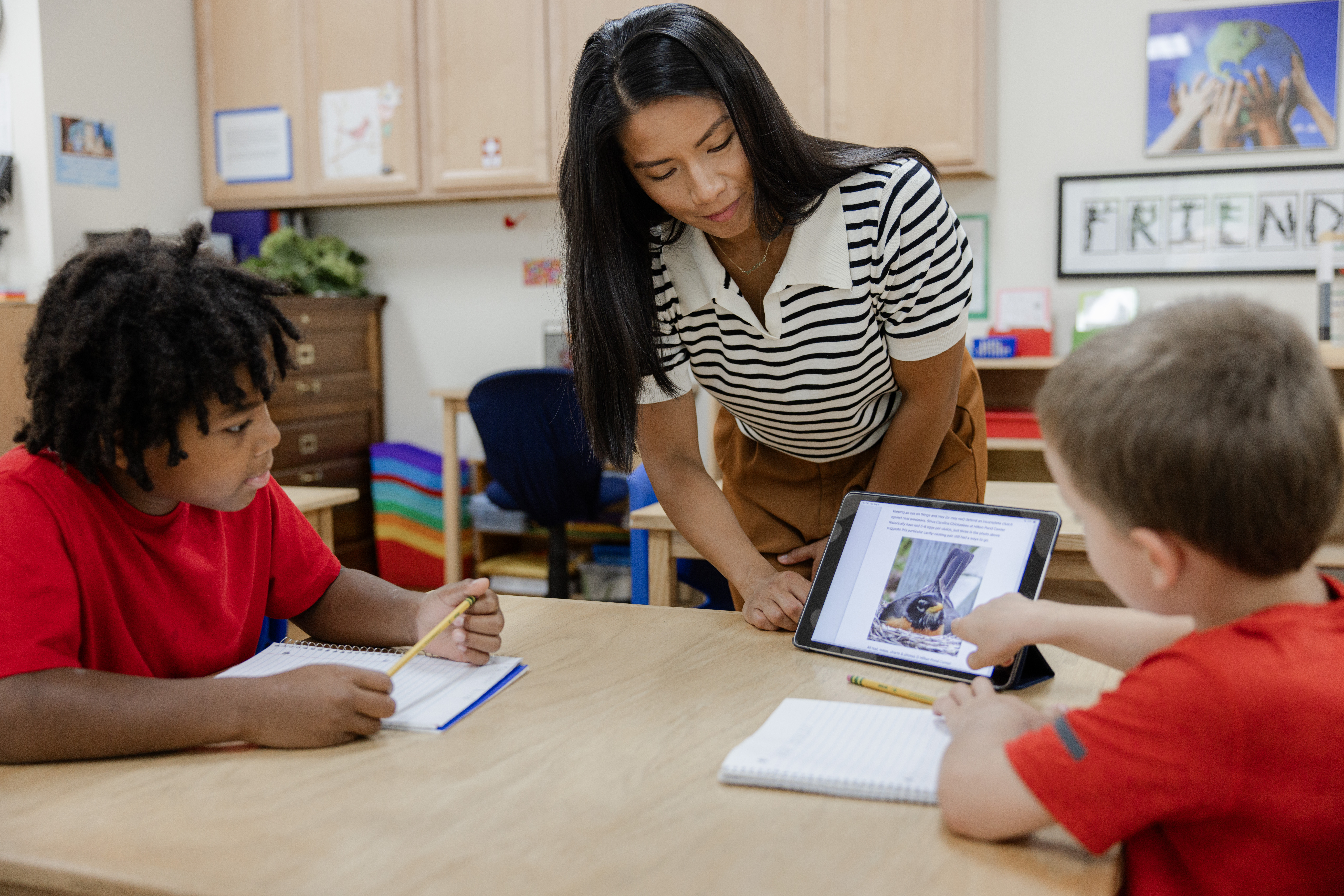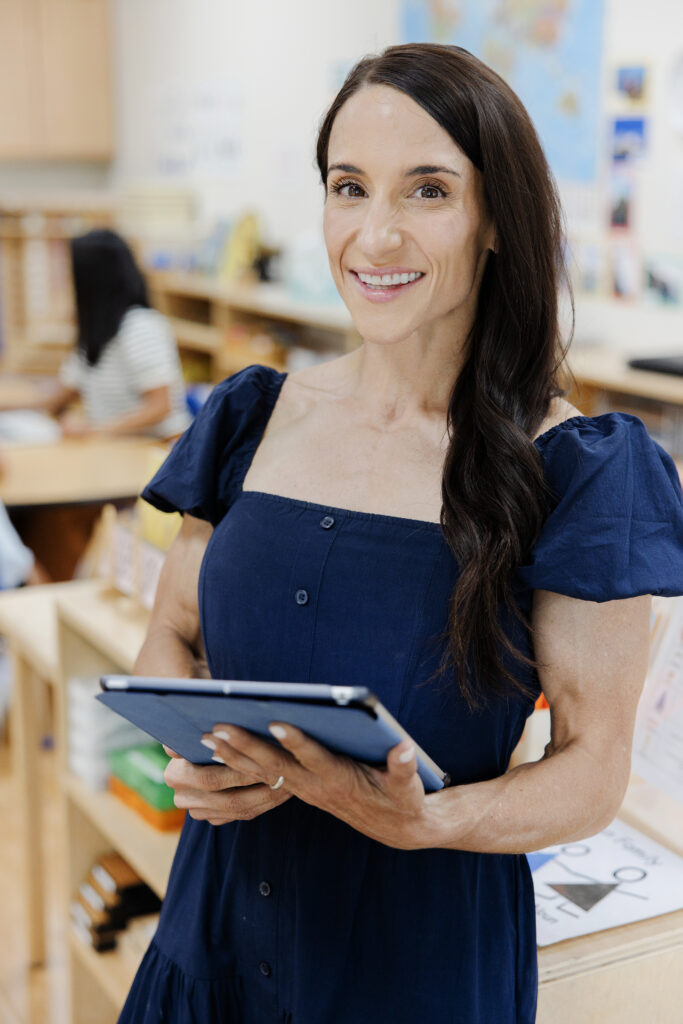When headlines are terrifying and the digital world feels increasingly unfiltered, it’s easy to understand the urgency behind legislation like the Kids Online Safety Act. As parents and educators, we’re desperate for guardrails—something to help hold the chaos back. The intent is clear: protect children from online harm. But even with well-meaning policies and powerful tools in place, real-life moments expose how fragile our sense of safety can be. Because safety isn’t just about blocking content—it’s about navigating what gets through, how kids process it, and whether they feel seen and supported in the moments that follow.
Table of Contents
The day my daughter saw the Charlie Kirk assasination video at school—and what it changed
It usually starts with anxiety—something vague gnawing at the edges of your peace.
A parent scrolls through their feed, then freezes. A headline that shouldn’t exist: Charlie Kirk assassinated—video circulates online. It’s graphic. Violent. Horrifying. The kind of content you hope your child never sees, let alone discusses over lunch at school.
You think you’re okay, though—your home has filters. Parental controls. Screen time settings meant to protect.
But then, your 13-year-old comes home quiet.
Later, you find out she saw the video. At school. On someone else’s iPad. 😭
A place with content filters and what you believed were safeguards to protect her innocence. It’s devastating.
In classrooms, teachers overhear fragments of conversations—students whispering about things no 13-year-olds should have to process. At home, a teen quickly lowers their screen as a parent walks by, not wanting them to see what they’ve seen.
When we talk about digital safety, most of us picture locked doors and filtered websites. But in moments like these, the safety sounds simple—but in practice, it rarely is.
So we ask: whose definition of safety are we using, and what might we be missing?
And just like that, the idea of “safety” splinters.

What do we really mean by safety?
When it comes to parenting in the digital age, safety is one of the most repeated (and least understood) words.
We throw it around with good intentions: “I just want to keep them safe.”
But the digital world doesn’t always operate by the same rules we’ve built offline. And safety—which once felt like a locked door or a crossing guard—looks very different in a landscape where any screen unlocks everything.
We need to ask:
Whose definition of safety are we using?
And more importantly—what might we be missing?
Generational differences in the meaning of safety
For adults—parents and educators—safety usually means protection.
From predators. From graphic content. From the mental health toll of constant connection.
It comes from a place of love. Fearful, sometimes—but loving, deeply. Legislative efforts like the Kids Online Safety Act show just how serious this desire for protection has become.
But for our teens?
Safety doesn’t always feel like what we think it should.
In their world, safety often means being trusted.
It means the freedom to express themselves without feeling constantly watched. It means autonomy, not surveillance.
Many teens say it clearly:
“Surveillance doesn’t make me feel safe—it makes me feel small.”
And here lies the tension: adults seek control to feel safe. Teens seek trust.
Both truths matter. But they don’t easily coexist.
The internet makes safety complex
The digital world is a strange paradox.
It’s the birthplace of connection, creativity, and community—and the breeding ground for exploitation, comparison, and harm.
Even platforms that feel “safe” by design aren’t always emotionally protective. Kids may not come across violence or hate speech—but that doesn’t mean they escape the pressure of likes, curated bodies, or exclusion from group chats.
Safety becomes not just about strangers, but about systems:
- Algorithms designed to hook attention (even with horrifying content)
- Inescapable comparison loops
- Peer dynamics that bleed from screens into real life
Technology doesn’t just show kids the world—it shapes how they see it. And that carries a deep emotional weight.
When protection feels like control
I’ve worked with parents who monitor everything: screens reflected through mirrored apps, trackers in place, messages reviewed daily. And their intent is always caring—I just want to know they’re okay.
But if we’re not careful, our safety measures aren’t received as love. They’re felt as mistrust.
And when teens feel unseen or policed, they often retreat further into secrecy. What they’re telling us isn’t “I don’t need boundaries”—it’s “I want to be part of the conversation.”
Because safety that’s imposed doesn’t always land as care.
Sometimes, it lands as disconnection.
Redefining digital safety—together
We cannot—and should not—hand over the steering wheel to teens entirely.
But we also can’t keep the keys all to ourselves.
So where do we begin?
With relationship. With conversation. With shared responsibility.
Let’s reframe digital safety:
From control → to conversation
From rules made for them → to boundaries made with them
From fear-based limits → to trust-based agreements
Here are a few starting points:
- Ask: “What does safety mean to you online?”
- Create a family media agreement—written together, not dictated
- Invite your child into conversations about filters or screen limits
- Focus on emotional safety: Do they feel heard? Do they feel respected?
- Stay curious when something goes wrong. Lead with questions, not consequences.
Most of all—build a culture at home where mistakes are survivable. Where mid-course corrections are normal. Where your child knows: You’re not aiming for a perfect digital life—you’re building resilience for a real one.

Safety is a shared journey—not a solo decision
Here’s something painfully honest: We can’t guarantee our kids won’t encounter harm online.
That doesn’t mean we’ve failed as parents or teachers.
It just means we’re human.
The nature of today’s internet isn’t neutral—it thrives on engagement, which sometimes includes outrage, violence, or fear. So trusting our kids isn’t the only challenge—we also have to learn how to navigate (and name) the systems working against their well-being.
And maybe that’s where we start offering trade-offs.
If digital freedom needs extra pause, maybe we say yes more often to physical freedom.
Let them walk to a friend’s house. Go to the store. Make dinner. Try, fail, figure out who they are outside a screen. It’s about showing them: We’re not here to control your every move—we’re here to help you grow a life that feels whole.
A life where safety includes both protection and self-trust.
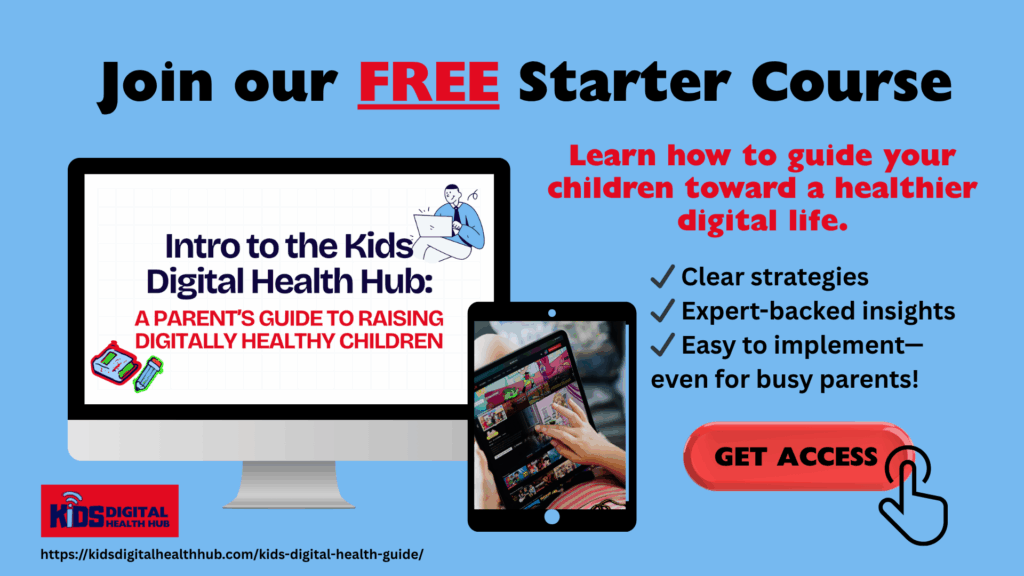
We’re all still learning
If you’ve messed up—I have too.
If you’ve overcorrected—I’ve done the same.
Parenting (or teaching) in a digital world is full of grey areas, second-guessing, and grief for things we wish we could undo. But it’s also full of grace. When we keep choosing conversation over control—even when it’s imperfect—we give our kids what they truly need:
Not just a feeling of safety.
But the ability to stay rooted when the world stops feeling safe at all.
And in the end, that’s what matters most.
Want to explore this further with your family or school community?
Visit Screen Guardians for curriculum resources, conversation guides, and digital wellness tools that meet kids where they are—and bring the adults alongside them, too.
